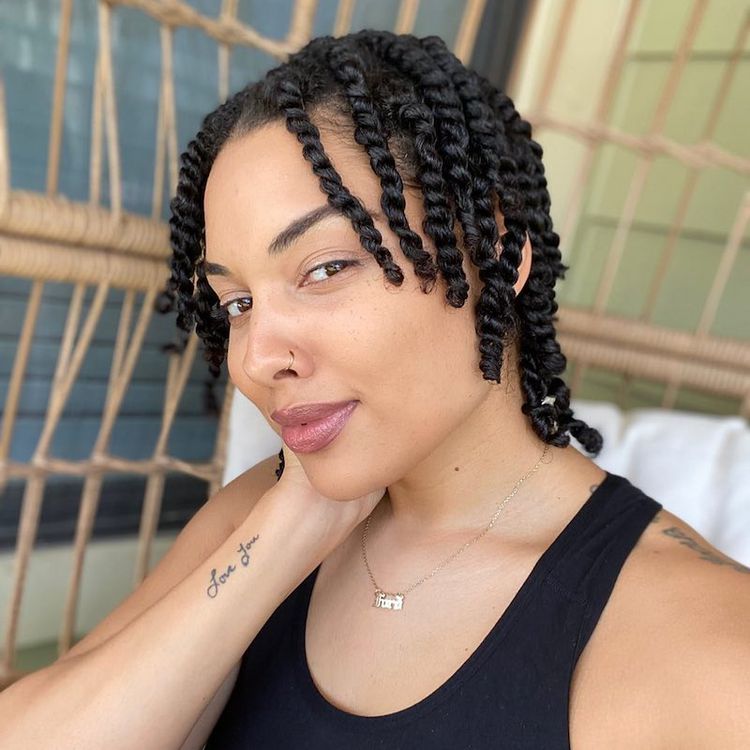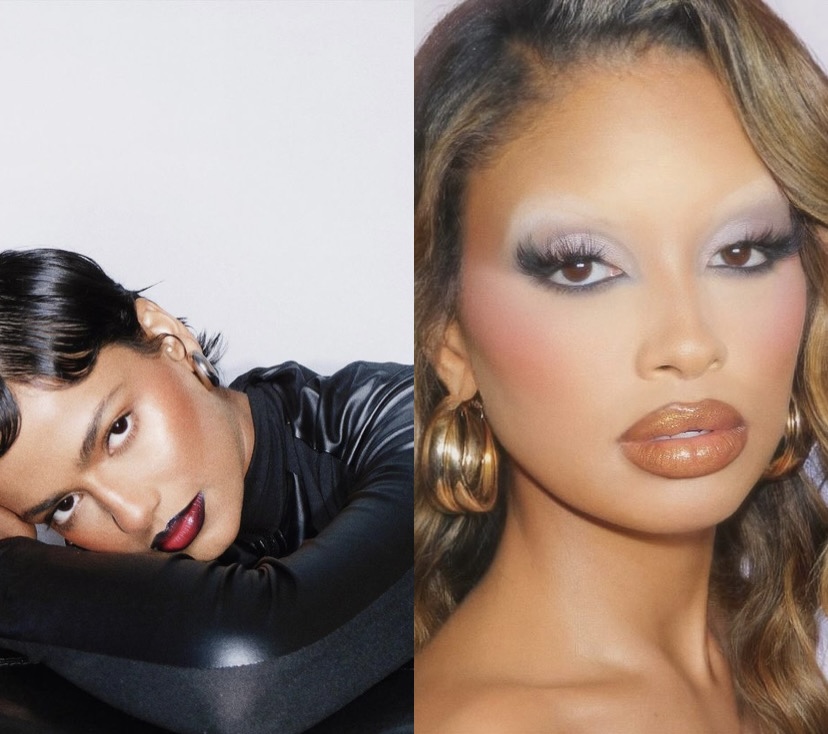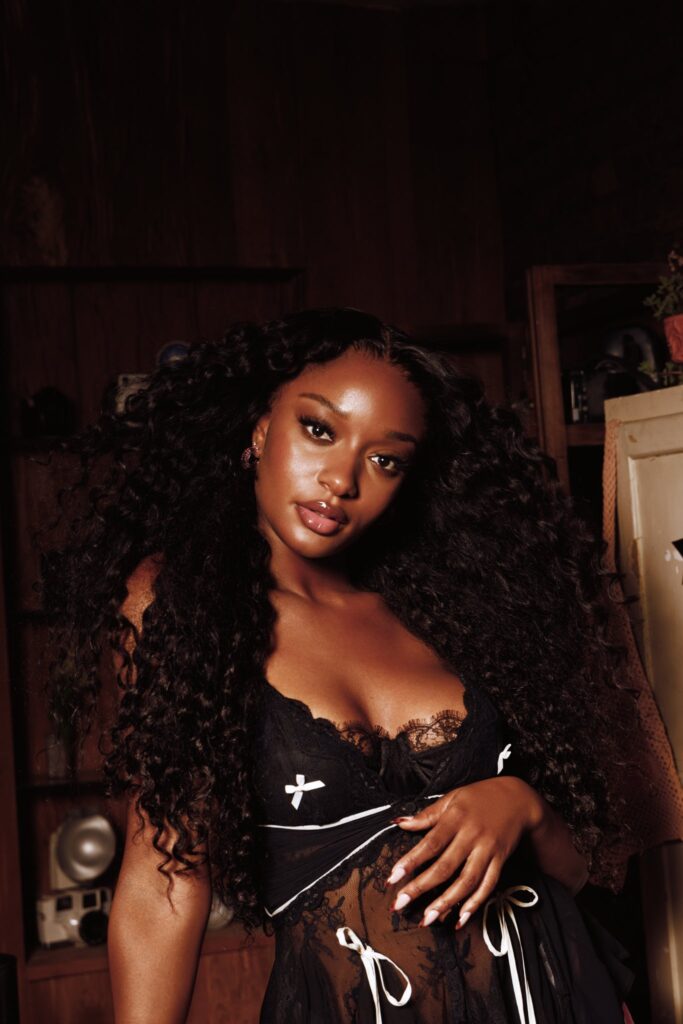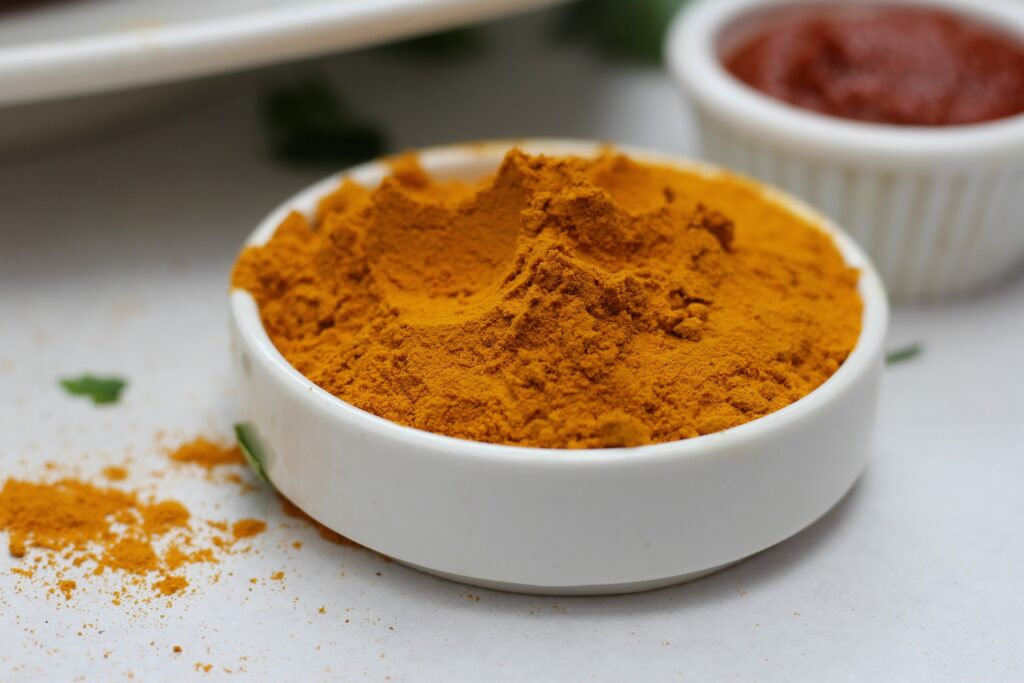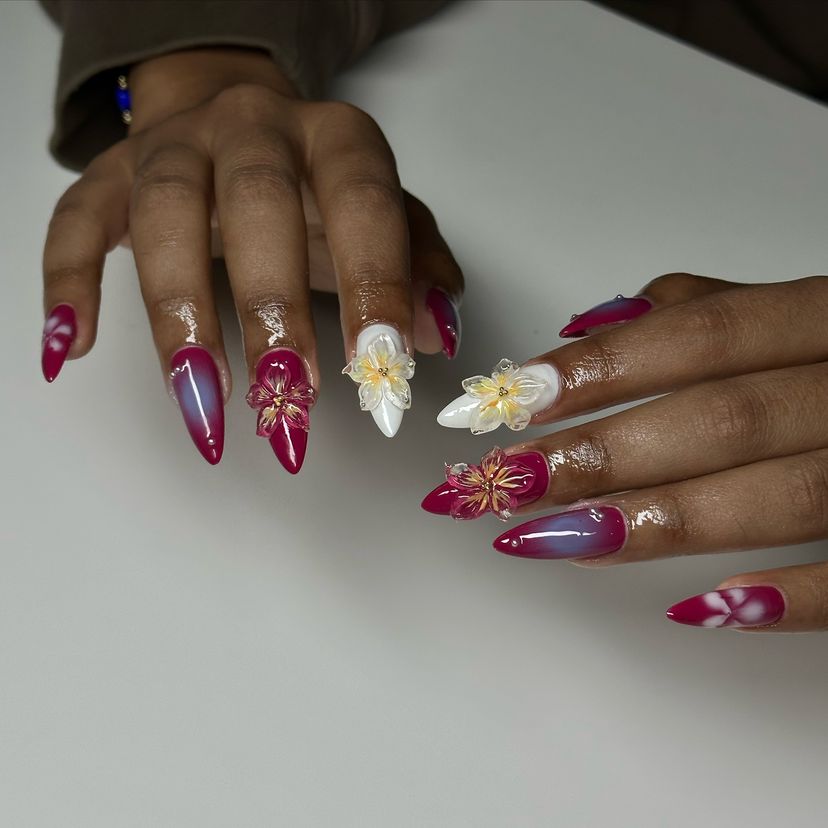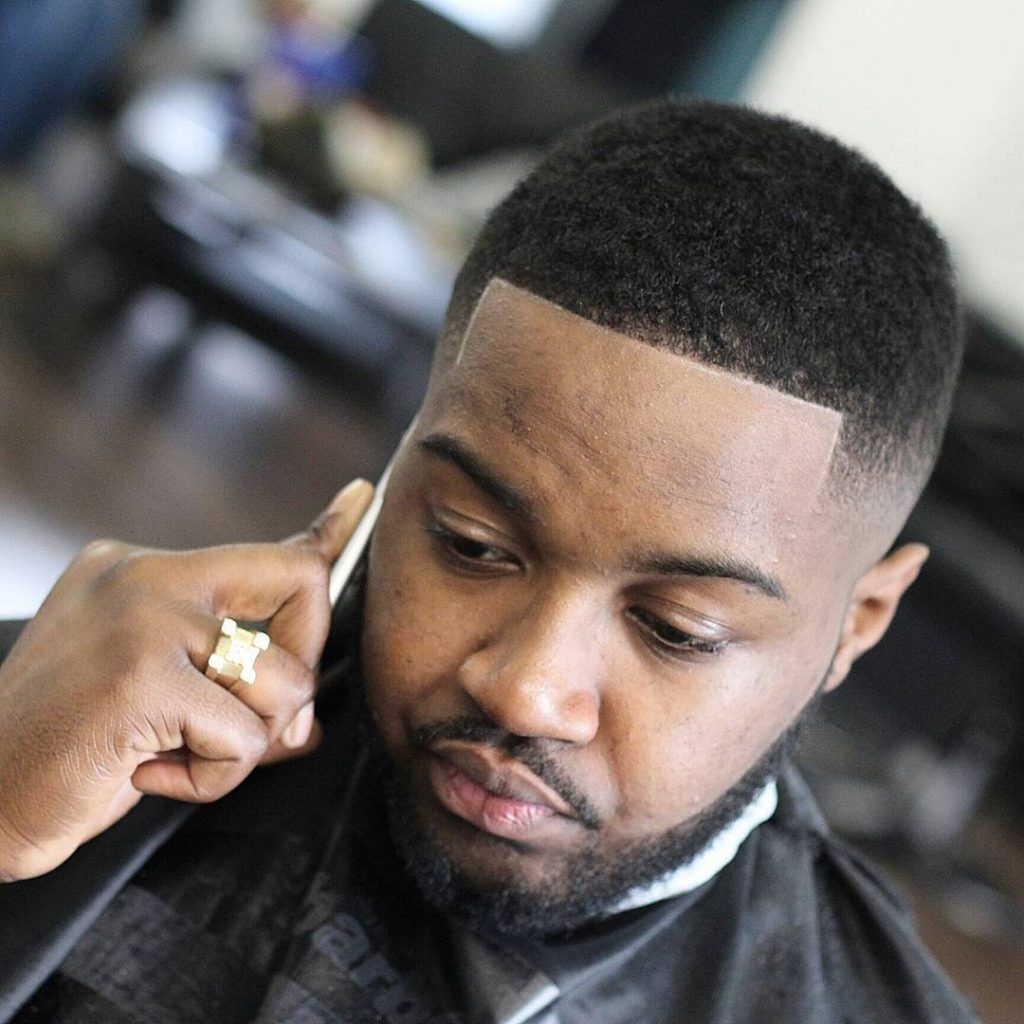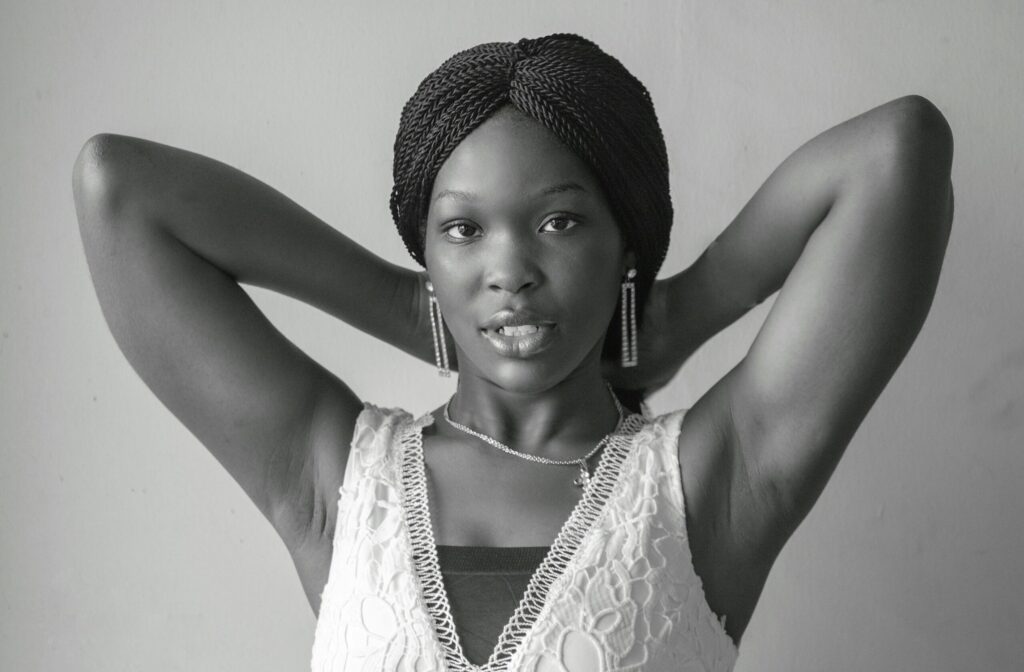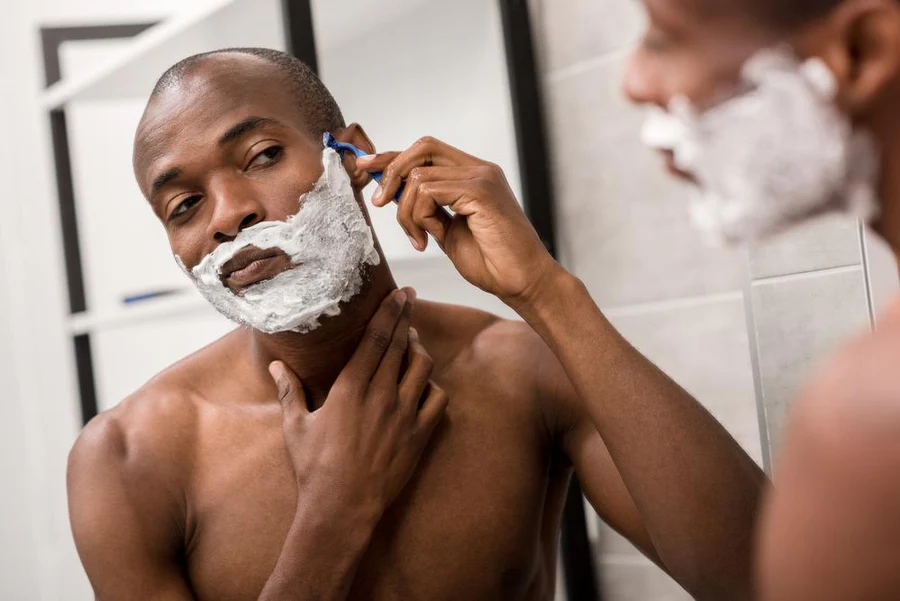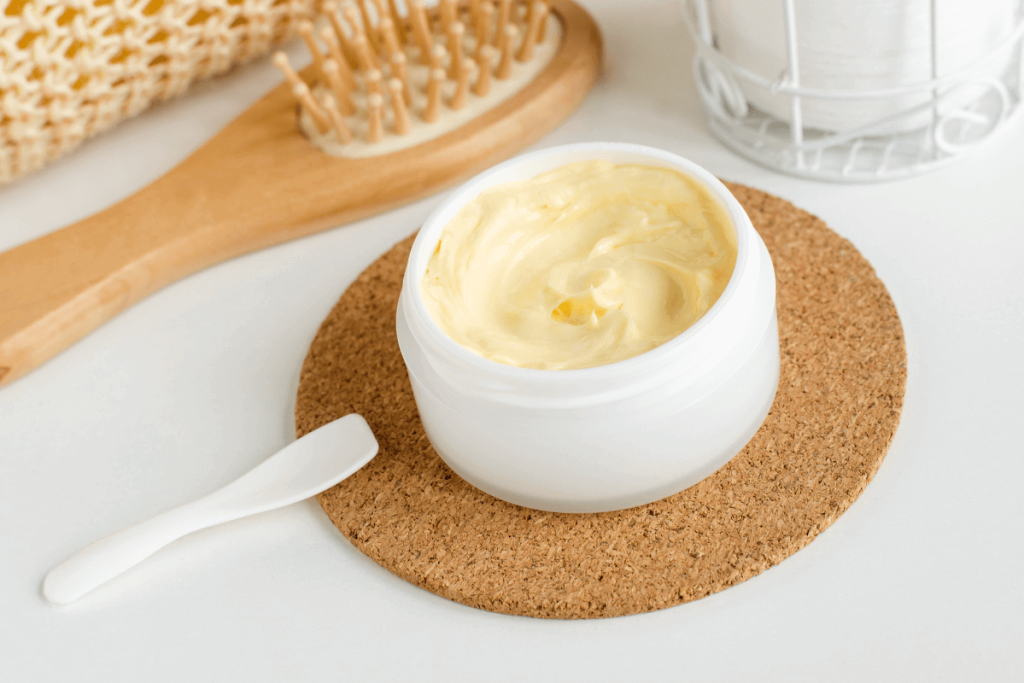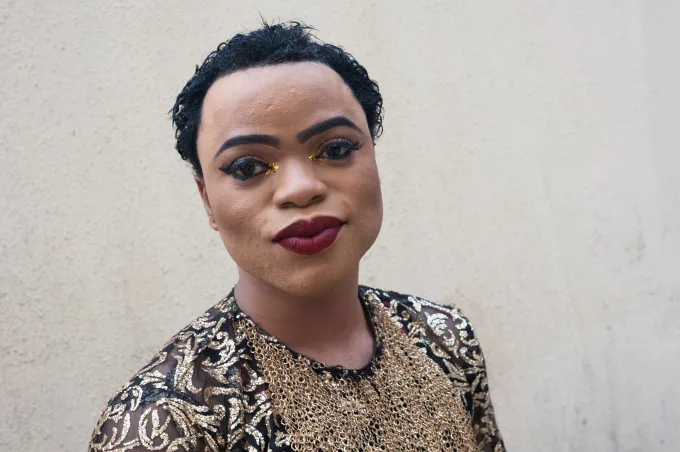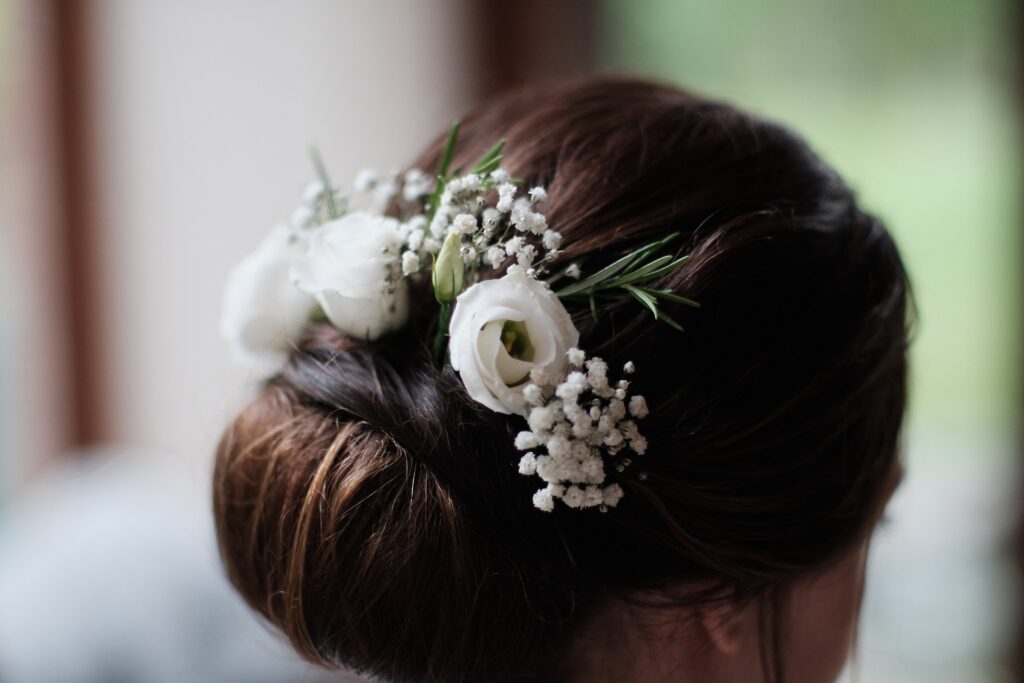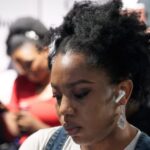
Ensuring the health of our hair extends beyond daytime care routines; it’s equally crucial to protect our hair during the nighttime hours. Sleeping with the right protective hairstyle can help prevent breakage, retain moisture, and maintain the integrity of our hair. In this article, we will explore the top 5 protective hairstyles for sleeping. No more waking up to a tangled mess or frizzy disaster—protective hairstyles are here to save the day (or should we say night?).
Top 5 protective hairstyles to do for your natural hair while sleeping
1. Cornrows

Cornrows or “all back” as it is popularly called in Nigeria, is a well known protective hairstyle. This braiding style involves braiding the hair into tight, neat rows flat on the scalp in an intricate geometric pattern. They can be worn for several weeks with proper maintenance, making them a long-lasting protective style. When done on stretched or blown-out hair, cornrows also allow your hair to rest and retain its length while you sleep.
READ ALSO: What You Need To Know About Protective Styling For Hair
2. Didi

Didi is a traditional Yoruba hairstyle that has gained popularity as a protective style for natural hair. Similar to cornrows, didi is made by braiding the hair inwardly as opposed to outwardly in the case of cornrows. This method allows for hair treatments and moisturisers to work well when they are applied before the hair is braided.
3. Bantu knots

This traditional African styling technique involves parting the hair into several sections and then tightly coiling or knotting each section right against the scalp. Bantu knots are perfect for sleeping since they keep your ends completely tucked away, preventing frizz, knots, and tangles from forming as you toss and turn on your pillowcase.
When taken down in the morning, Bantu knots create a beautiful stretched and elongated curl pattern. The smaller you make the knots, the more defined and structured the curls will be. Don’t make them too tight, as that can lead to tension and potential breakage.
4. Twists

Twists are an excellent protective hairstyle option to try before bedtime. This style involves twisting small sections of hair from root to tip, creating uniform coils or spirals across the head. They help stretch out your natural curl pattern, giving you more elongated and defined curls when you take the twists down in the morning.
Always moisturise hair or apply a lightweight leave-in conditioner to keep your hair hydrated overnight. You can leave them in for a few days or re-twist nightly for continual protection. Securing the twists with a satin or silk scarf or bonnet further reduces frizz and preserves your style’s longevity.
5. Braids

One of the most popular protective hairstyles for sleeping is the braid. Braids can be done in many different ways, from a simple three-strand braid to a more intricate fishtail braid. This hairstyle is great for people with curly or wavy hair, as it helps to prevent tangling and knotting. Start with detangled, moisturised hair and then divide your hair into several sections (the more sections, the smaller the braids). Braid each section tightly, securing the ends with soft hair ties or bobby pins.
Accessories and tools for sleeping with protective hairstyles
1. Silk or satin pillowcases

Upgrade your bedding with a silk or satin pillowcase to reduce friction on your hair while you sleep. These luxe fabrics are gentler on your strands and help prevent breakage and frizz.
2. Hair bonnets

For extra protection, consider using a hair bonnet to keep your hair in place throughout the night. It can help maintain your style and prevent any unwanted tangling or flattening while you sleep.

